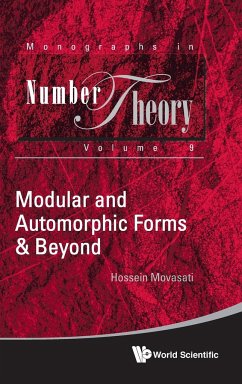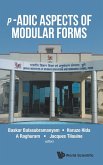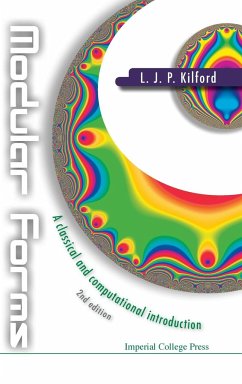This book is the first to provide a comprehensive and elementary account of the new Iwasawa theory innovated via the deformation theory of modular forms and Galois representations. The deformation theory of modular forms is developed by generalizing the cohomological approach discovered in the author's 2019 AMS Leroy P Steele Prize-winning article without using much algebraic geometry. Starting with a description of Iwasawa's classical results on his proof of the main conjecture under the Kummer-Vandiver conjecture (which proves cyclicity of his Iwasawa module more than just proving his main conjecture), we describe a generalization of the method proving cyclicity to the adjoint Selmer group of every ordinary deformation of a two-dimensional Artin Galois representation. The fundamentals in the first five chapters are as follows:Iwasawa's proof; a modular version of Iwasawa's discovery by Kubert-Lang as an introduction to modular forms; a level-headed description of the p-adic interpolation of modular forms and p-adic L-functions, which are developed into a modular deformation theory; Galois deformation theory of the abelian case. The continuing chapters provide the level of exposition accessible to graduate students, while the results are the latest. Readers will find:the theory is generalized to the non-abelian case of dimension 2 including a description of a non-abelian class number formula relating the order of the adjoint p-Selmer group to the adjoint p-adic L-function; cyclicity over the Hecke algebra of the adjoint Selmer group of the two-dimensional Artin representations and their deformations is shown; a proved conjecture of Greenberg on p-local indecomposability of modular p-adic Galois representation in many cases unconditionally; analytic details on the non-abelian class number formula. Many open problems are presented to stimulate young researchers pursuing their field of study.








